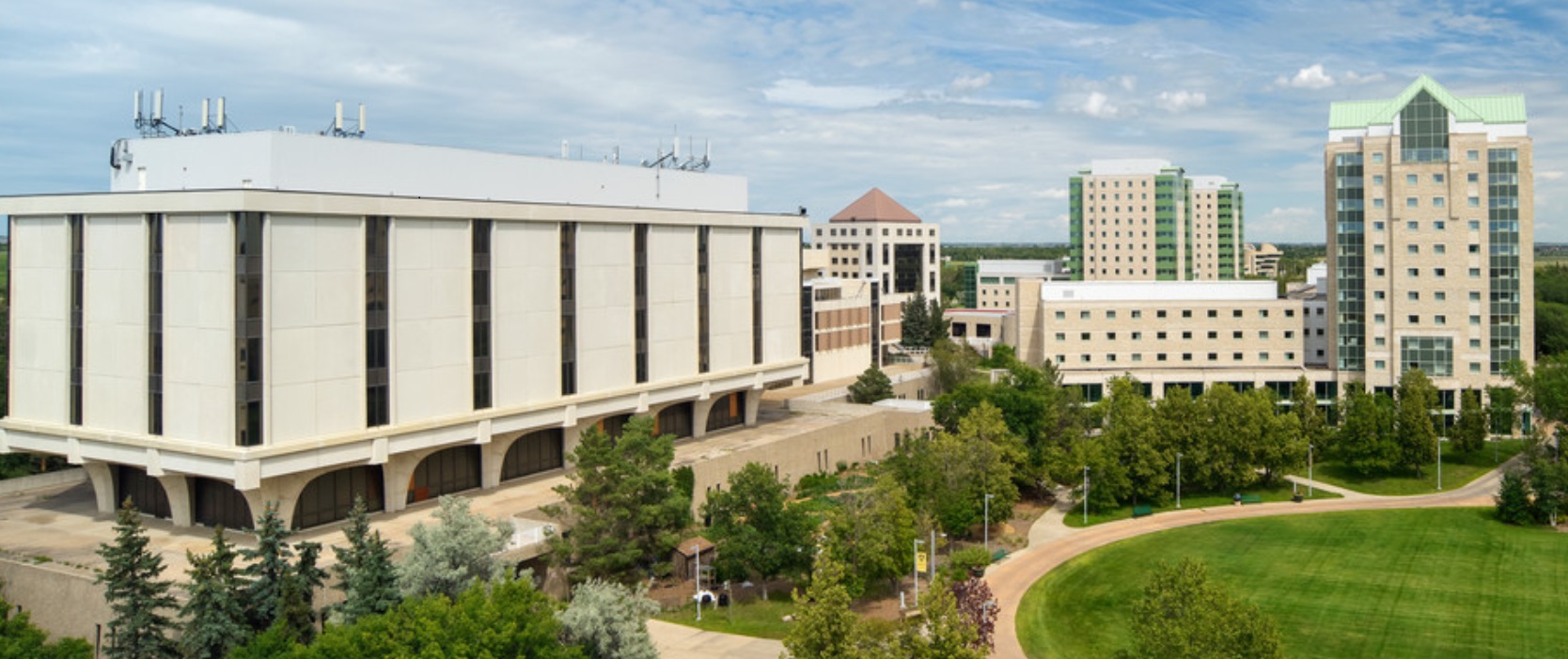Author: Matt Swayne
A team of scientists reports that a new material may efficiently capture carbon from the air, possibly serving as a new tool to fight climate change.
The team of University of California, Berkeley-led researchers, who published their findings in Nature, report that COF-999 could be a promising material for capturing carbon dioxide (CO₂) directly from the atmosphere.
The material demonstrated a high capacity for capturing CO₂ under real-world conditions, potentially addressing key challenges in the field of carbon capture with its stability and low-energy requirements. Developed by researchers, COF-999 is made of a covalent organic framework (COF) modified with amines – which are nitrogen-containing organic compounds – to increase CO₂ capture efficiency, according to the Nature study.

COF-999 has shown to be effective in humid conditions, absorbing up to 2.05 millimoles of CO₂ per gram in air with 50% relative humidity, a typical environmental condition, according to the researchers. The material’s high uptake rate under humid conditions makes it particularly suited for use in open-air environments, where humidity and other air components can often reduce CO₂ capture efficiency. The team reports that COF-999’s design allows it to remain effective across varying weather conditions, marking it as a durable candidate in the push to develop air-scrubbing technology that could help meet carbon neutrality goals.
Energy Efficient Option
Another significant finding of the Nature study is the stability of COF-999 over 100 cycles of CO₂ capture and release, simulating continuous operation in a typical outdoor environment.
The research, which was conducted over 20 days in Berkeley, California, demonstrated that COF-999 fully retained its CO₂ capture capacity throughout these cycles, showing no degradation in performance. This durability, combined with a low regeneration temperature of 60°C, positions COF-999 as an energy-efficient option in comparison to other carbon capture methods, such as metal-organic frameworks (MOFs) and silica-supported amines. According to the study, the low regeneration temperature means COF-999 requires less energy to release captured CO₂, a factor that can significantly lower operational costs in large-scale applications.
The researchers suggest that the effectiveness of COF-999 is a result of its specific molecular design, which combines large, porous cavities for rapid CO₂ diffusion with amine-modified surfaces that enhance CO₂ adsorption. The amines, bound within the framework of the material, chemically interact with CO₂ molecules, resulting in a faster and more efficient capture process. The researchers applied a unique post-synthesis modification to attach amines securely to the COF’s olefin-linked backbone, ensuring that the material would withstand repeated exposure to humid air without losing its CO₂ capture efficiency. This design choice was crucial, as many existing materials face challenges under such conditions, with components degrading or losing their carbon capture properties after limited use.
As mentioned, during testing the researchers found a positive correlation between humidity levels and CO₂ capture capacity, an outcome rooted in the chemistry of the amine groups within COF-999. Under humid conditions, water molecules facilitate the binding of CO₂ to the amines, enhancing the material’s overall performance. The team reports that in dry air, COF-999 captures around 0.96 millimoles of CO₂ per gram, but this capacity more than doubles in 50% humidity. This performance suggests that COF-999 could operate effectively across different environments, making it viable for open-air CO₂ capture in a range of climates.
Methods
The researchers synthesized COF-999 using a process called reticular chemistry, which allows precise control over the material’s structure. By linking organic molecules with olefin bonds, the team produced a robust framework that remains chemically stable under real-world conditions. X-ray diffraction measurements confirmed the material’s crystalline structure, while electron microscopy revealed a consistent, spherical morphology at the microscopic level. These structural qualities ensure that COF-999 can capture CO₂ efficiently while resisting degradation over time, a challenge faced by other air-capture materials.
Scalability Challenges
The Nature study also acknowledges certain limitations of COF-999, specifically concerning scalability and device integration. While COF-999 demonstrates impressive performance in lab settings, additional testing and development will be necessary to implement the material in practical carbon capture devices.
Researchers will need to develop manufacturing techniques to scale COF-999 production and determine the best way to incorporate it into systems capable of capturing significant amounts of CO₂ from the atmosphere. These challenges, the study notes, are common across direct air capture (DAC) materials and point to the need for further research into the engineering aspects of DAC technology.
In comparing COF-999 to existing CO₂ capture materials, the Nature study notes that alternatives such as MOFs and liquid alkaline solutions have struggled with high-energy regeneration requirements and stability issues in humid environments. By contrast, COF-999’s stable performance over extended use, combined with its low-temperature regeneration, may allow it to operate more economically. Nevertheless, the Nature authors caution that while COF-999 represents a significant step forward, it should be viewed as part of a broader toolkit for addressing CO₂ emissions rather than a standalone solution.
The study on CO₂ capture was led by researchers from the Department of Chemistry at the University of California, Berkeley, including Zihui Zhou, Tianqiong Ma, Heyang Zhang, Saumil Chheda, Haozhe Li, Kaiyu Wang, Raynald Giovine, Chuanshuai Li, Ali H. Alawadhi, and Omar M. Yaghi. Additional contributions came from Berkeley’s Kavli Energy NanoScience Institute and the Bakar Institute of Digital Materials for the Planet. The research team also included Marwan M. Abduljawad and Majed O. Alawad from the KACST-UC Berkeley Center of Excellence for Nanomaterials for Clean Energy Applications in Riyadh, Saudi Arabia. Sebastian Ehrling of 3P Instruments in Germany, Laura Gagliardi from the University of Chicago, and Joachim Sauer of Humboldt-Universität zu Berlin also participated in the study.
Source: UC Berkeley News
Featured Image: Credit: Zihui Zhou, UC Berkeley








